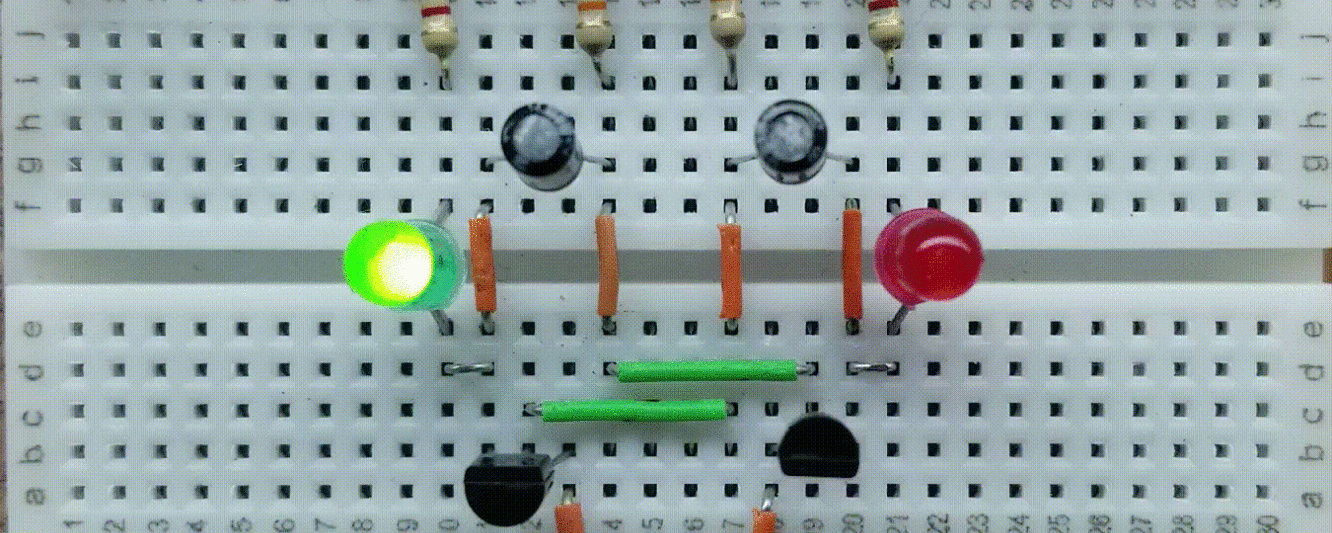Learn, Construct, Be Safe, Have Fun
BreadBoardCircuits.com is a fun way to help you learn about electronics through hands on application of theory. Through this website and video channel, you can build-along, read-along, or just watch along as we describe and construct fun and educational circuits on breadboards.
Be Safe
Itś always best to err on the side of safety. Resistors and semiconductors overheat, capacitors pop, and too much voltage can result in shock. Always keep these things in mind when working with elecronics. Here are some safety tips to help you mitigate risks associated with these possibiliites.
Recommendations
- Wear safety glasses when circuits are powered up or when soldering
- Always double-check the polarity of electrolytic capacitors before powering up a circuit
- Use a current limeted power supply that allows you to set a mximum current. Most articles will recommend a maximum current setting,
- The vast majority of breadboardes circuits will use voltrage sources of 10 volts or less. Keep supply voltages at this level or less whenever possible to greatly reduct any chance of electric shockl
Breadboarding Best Practices
Best practices will improve your breadboarding success, efficiency, productiveity, and safety Here are some best practices¨ suggestions:
- Use a precision, current limited power supply and set the current limit to just over your anticipated current draw.
- Keep component leads as short as possible. A clean and neat breadboard is much easier to work with and troubleshoot. Messy connections can cause circuits to fail, act intermittently, and present unwanted capacitive and inductive coupling. When possible, cut resistor leads short enough to lay them flat on the breadboard. Resistors are cheap; and you can reuse the ones with cut leads for future projects.
- Use the shortest possible jumper wires for your projects
- Use color coded jumper wires that mimic the “Ohm’s law” color scheme.
- Connect both positive (red) power supply trips and both ground (blue or black) power supply strips (top to bottom) together.
- Use an anti-static mat with wrist strap – especially when bread boarding with sensitive MOS based components.
- Use 0.1uF mylar decoupling caps on the power supply pins of integrated circuits in digital circuits.
Summary
Following breadboarding safety and best practices will enable you to create fun and successful prototypes on a consistent basis.
For information about how breadboards work, please see our article “Anatomy of a Breadboard“.
For a better experience building breadboarded circuits, please see our page detailing the minimum recommended lab equipment for your electronics bench.
Finally, for other interesting breadboarded circuits please visit the home page here or our YouTube channel here.
